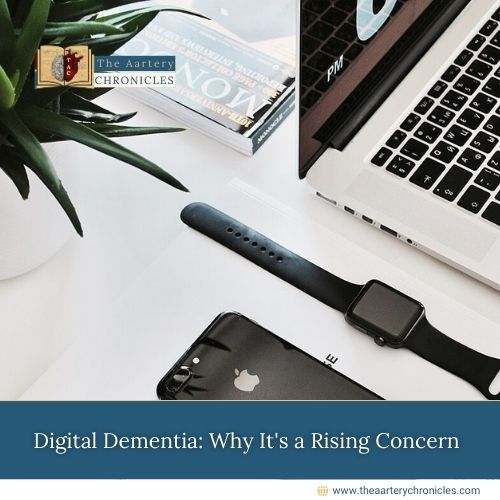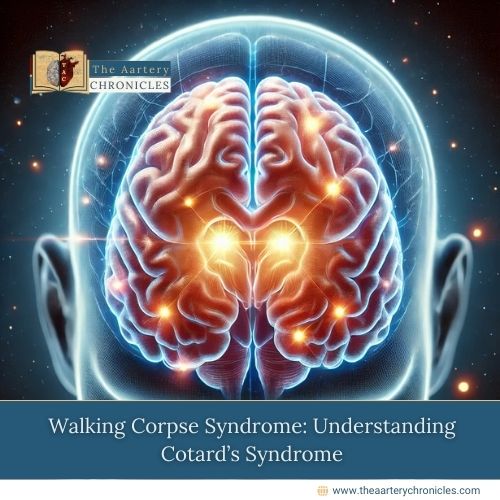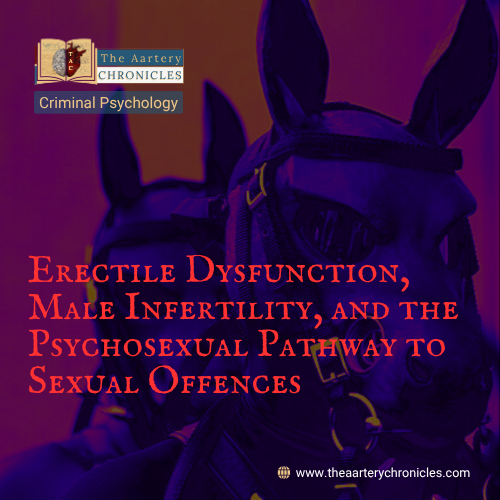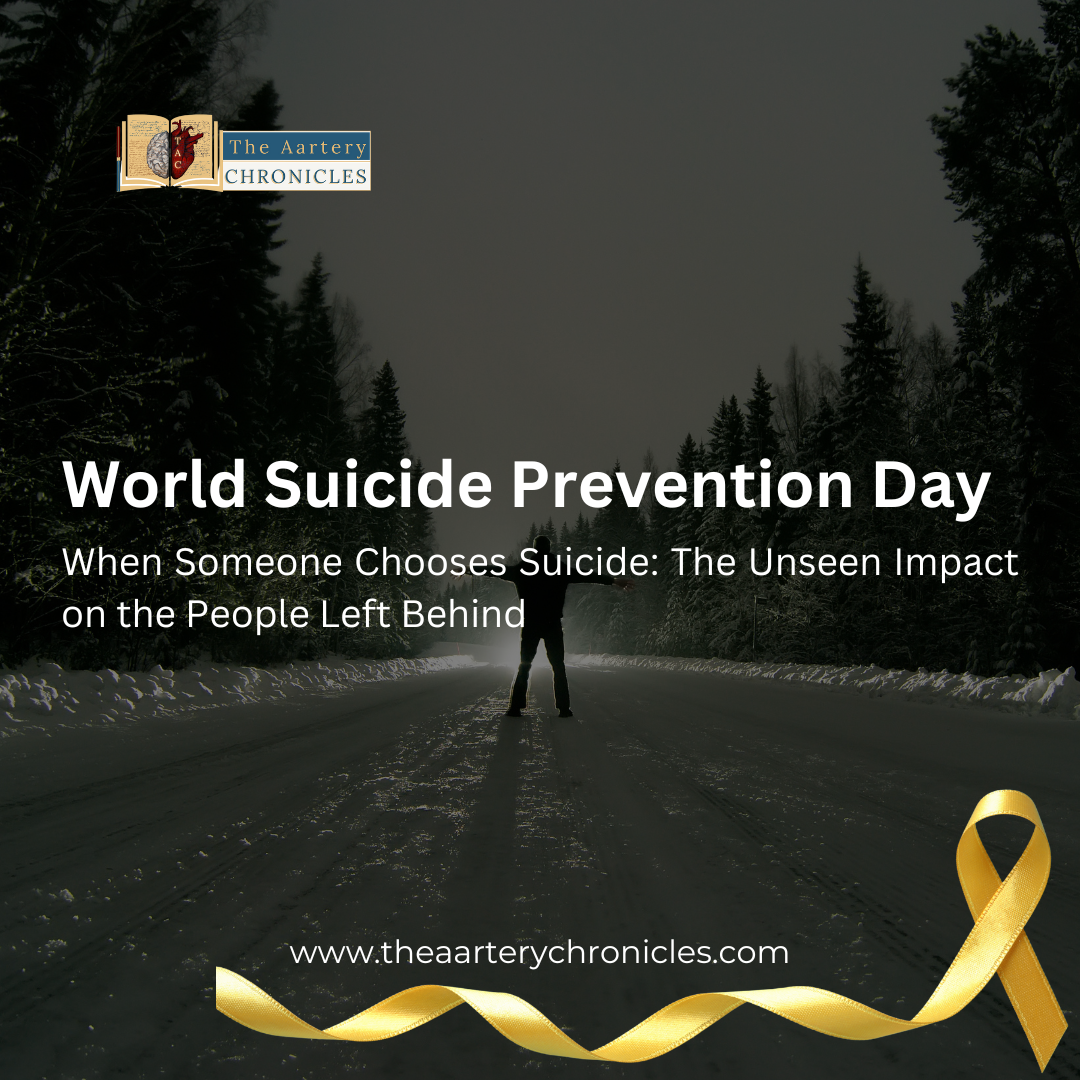
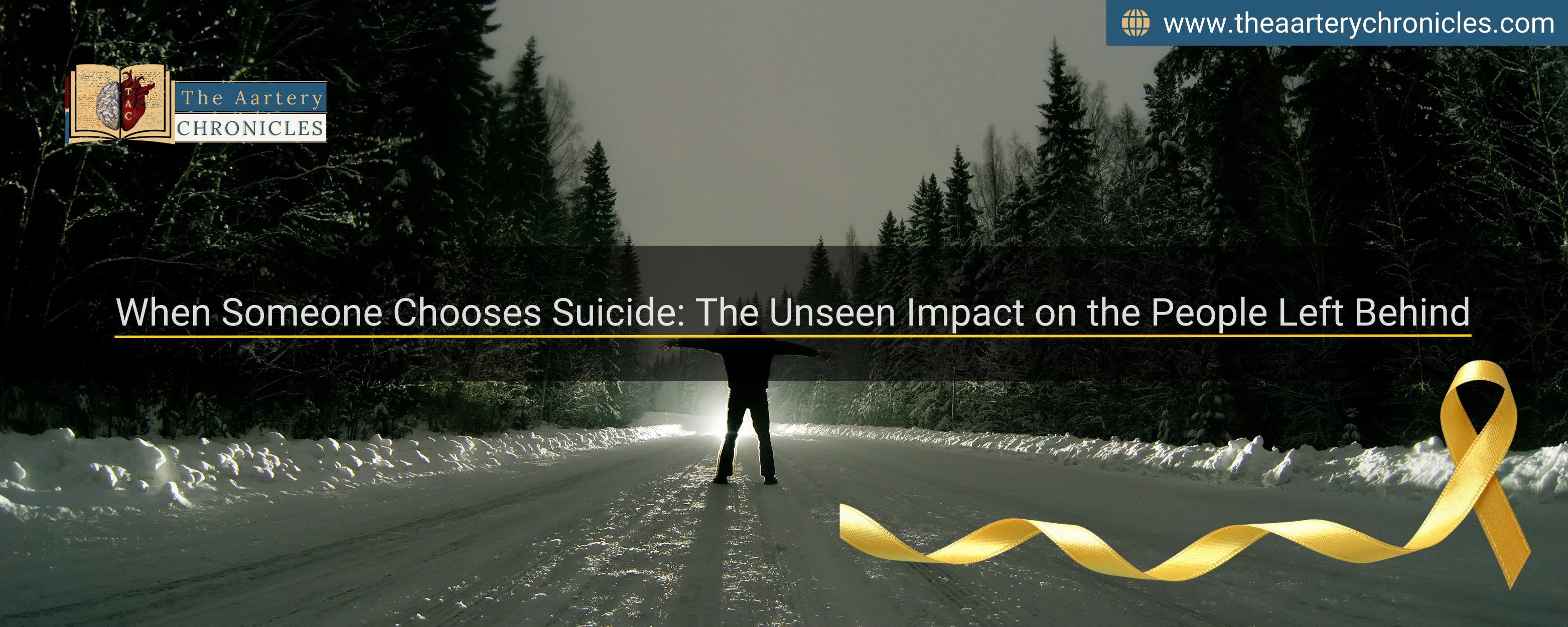
When Someone Chooses Suicide: The Unseen Impact on the People Left Behind
Suicide is routinely phrased as an individual tragedy, a private implosion of suffering. This framing comforts the living: it contains blame, isolates causality, and keeps the event within discrete borders. But suicide is also an act of world-making: it rearranges calendars, rewrites testimonies, and forces communities into new ontologies of selfhood and relation. When someone ends their life, they do not vanish; they indelibly alter the psychosocial landscapes of others.
Abstract
This write-up examines suicide not as an act privy solely to the decedent, but as a violent, irreversible intervention upon the social bodies that survive them. It treats suicide as an instrument that reconfigures memory, obligation, and moral economy — a rupture that becomes a permanent experimental condition for those left behind.
Content warning — this piece discusses suicide, grief, and trauma in explicit, philosophical terms. If you are in immediate danger or feeling suicidal, please contact your local emergency services now. If you are in India, consider calling the national mental health helpline Tele-MANAS (14416) or local crisis services; Samaritans Mumbai and other NGO helplines also provide emotional support. International resources include the 988 Lifeline (US) and the International Association for Suicide Prevention.
Theoretical Framework: Violence, Choice, and Externalities
From an economic viewpoint, any voluntary act with externalities imposes costs on others. Suicide, singular and absolute, yields externalities that are moral, emotional, and structural. Philosophically, it is a final sovereign choice, a cessation that closes dialogue. Sociologically, it is an event that generates a field of secondary harms: shame, stigma, contagion, suspicion, and an unanswered ledger of obligations. There is no compensation mechanism for this kind of loss. The nearest analogue is bereavement by sudden disaster — but suicide often adds the corrosive element of perceived intentionality, which contaminates mourning with interrogation.
The Emotional Ecology of Survivors
Grief after suicide is not an uncomplicated descent into sorrow; it is a dialectic of accusation and yearning. Survivors rotate through conflicting narratives: “I should have seen it,” “they left on purpose,” “what else could have been done?” That internal prosecution is corrosive. It catalyses complicated grief — a chronic, intruding, meaning-seeking state in which loss is refracted through suspicion and unanswered ‘why’ questions. The emotional ecology includes:
- Family members who inherit guilt as if it were an heirloom, recalibrating identity around failure or secret knowledge.
- Friends and acquaintances who negotiate social scripts of culpability and apology often erase public memory to avoid stigma.
- Community institutions (schools, workplaces, religious bodies) that perform damage control sometimes invent narratives to preserve their reputation.
These states are not merely psychological; they change behaviour, relationships fracture, trust calcifies, and ordinary gestures (birthdays, anniversaries) become landmines. The aesthetic of absence becomes a permanent fixture in the domestic vocabulary.
Stigma, Silence, and the Redistribution of Blame
Suicide is unique in how it weaponises silence. Where accidental death invites inquiry, suicide encourages concealment: of notes, of causes, of antecedent behaviour. Stigma accelerates this concealment. Families may fear legal entanglements, shame in communal settings, or reputational damage. The result is a rewriting of the public record and a privatisation of narrative that further isolates survivors. This redistribution of blame — outwardly toward mental illness, inwardly toward themselves — creates a topology of moral injury that is difficult to remediate.
The Contagion Problem and Collective Meaning
Epidemiological studies have long noted the phenomenon of suicide contagion: exposures to suicide, particularly of public figures or within tight-knit groups, can increase risk among the exposed. Beyond clinical transmission, there is ideological contagion: the act reframes suicide as a rhetorical option for those experiencing despair, converting private crisis into an available, culturally indexed script. Survivor, therefore, must contend with a double-bind: to speak truth and risk providing models, or to mute testimony and thus carry solitary shame.
The Economies of Grief: Time, Labour, and Institutional Load
Practical aftermaths follow the metaphysical ones. Funeral costs, legal procedures, inheritance disputes, and mental-health needs impose economic burdens. Employers may see reduced productivity; schools may require counselling services; and healthcare systems must manage postvention (interventions after a suicide to prevent further harm). The labour of surviving is both emotional and logistical — a shadow economy that expands unnoticed until resources fail.
Ethical and Philosophical Reckoning
If one accepts that life is a network of obligations, suicide reads as both a withdrawal from obligation and a unilateral reallocation of responsibility.
The decedent may be read as exercising radical autonomy; the survivors experience this autonomy as abandonment. Ethical frameworks fracture here: functional perspectives will count aggregate harms; deontological frameworks will search for duty. Nihilism offers a bleak solace — that no intrinsic moral ledger persists — but such solace is cold and rarely consolatory for those who must live with the residual harms.
Clinical and Public Health Implications
Viewing suicide as an act that redistributes harm reframes prevention: not only must we reduce incidence, but we must mitigate the downstream structural and communal consequences. Postvention is prevention: timely, compassionate support to survivors reduces secondary morbidity and limits contagion. This suggests expanded investment in bereavement services, destigmatization campaigns, and institutional readiness in schools, workplaces, and faith communities.
The Lasting Architecture of an Exit
To say that suicide affects “the people one chooses to do it to” is not merely a rhetorical flourish. It is a literal description of how absence becomes architecture: built into family myth, into the cadence of conversation, into public memory. The act closes one life and opens a cascade of altered lives. In the cold ledger of consequences, there is no neat arithmetic: pain multiplies, social trust unravels, and memory is forever haunted by the question that was never answered. If one seeks to understand suicide’s true object, look not only at the life ended but at the living left to carry the ruins.
Author's note:
Do not mistake finality for courage. Death is the simplest excision; survival is the ongoing, brutal labor of remaining — a work of inconvenient memory, broken rituals, and stubborn mornings. If you cannot live for yourself, live for the small, crooked ledger of people who still rely on you: those who will carry your stories, stitch your absence into ordinary days, and keep asking the questions you will never answer.
SUICIDE IS 100% PREVENTABLE!
Dying is boring; surviving is courageous; living for others is, in its difficult way, glorious. Choose wisely.
- Dr. Darshit Patel
- Mental Health | Psychology,People Forum
- 10 September 2025
- 18:00




